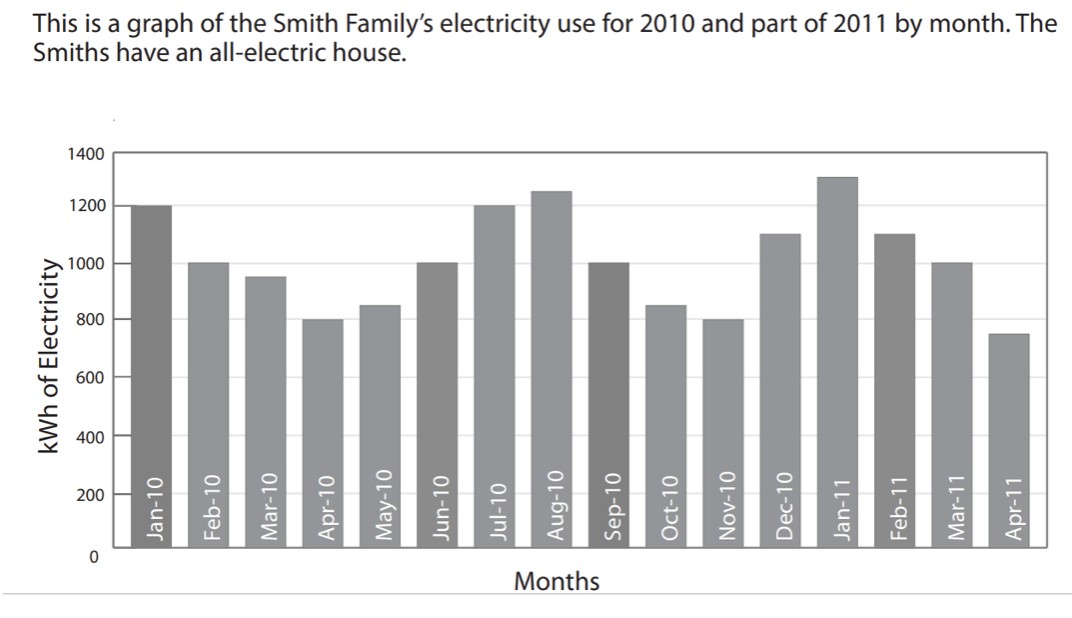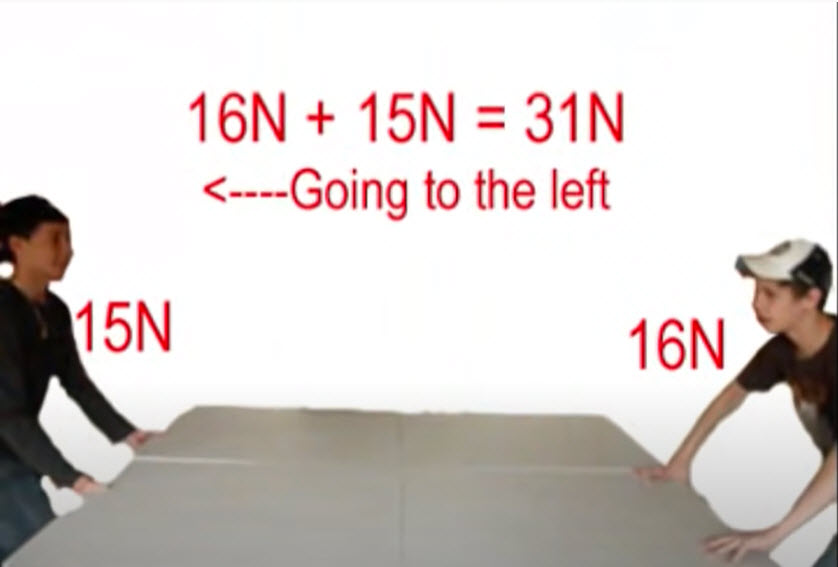Standards
Science – SC.4.P.10.2
Investigate and describe that energy has the ability to cause motion or create change.
Language Arts – LAFS.4.L.3.4
Determine or clarify the meaning of unknown and multiple-meaning words and phrases based on grade 4 reading and content, choosing flexibly from a range of strategies.
Use context (e.g., definitions, examples, or restatements in text) as a clue to the meaning of a word or phrase.
Use common, grade-appropriate Greek and Latin affixes and roots as clues to the meaning of a word (e.g., telegraph, photograph, autograph).
Consult reference materials (e.g., dictionaries, glossaries, thesauruses), both print and digital, to find the pronunciation and determine or clarify the precise meaning of keywords and phrases.
Mathematics – MAFS.K12.MP.5.1
Mathematically proficient students consider the available tools when solving a mathematical problem. These tools might include pencil and paper, concrete models, a ruler, a protractor, a calculator, a spreadsheet, a computer algebra system, a statistical package, or dynamic geometry software. Proficient students are sufficiently familiar with tools appropriate for their grade or course to make sound decisions about when each of these tools might be helpful, recognizing both the insight to be gained and their limitations. For example, mathematically proficient high school students analyze graphs of functions and solutions generated using a graphing calculator. They detect possible errors by strategically using estimation and other mathematical knowledge. When making mathematical models, they know that technology can enable them to visualize the results of varying assumptions, explore consequences, and compare predictions with data. Mathematically proficient students at various grade levels are able to identify relevant external mathematical resources, such as digital content located on a website, and use them to pose or solve problems. They are able to use technological tools to explore and deepen their understanding of concepts.
Mathematics – MAFS.4.NBT.2.4
Fluently add and subtract multi-digit whole numbers using the standard algorithm.
Big Idea(s)
Forms of Energy
- Energy is involved in all physical processes and is a unifying concept in many areas of science.
- Energy exists in many forms and has the ability to do work or cause a change.
Essential Question
Does kinetic energy cause motion and/or create change?
Vocabulary
Energy • Apply • Heat • Motion • Force • Net Force • Unbalanced • Velocity • Kinetic • Potential • Matter • Friction • Speed • Increase • Acceleration • Deceleration • Decrease • Push and Pull
Background Information
Energy is all around us! Energy helps us explain how and why things work the way they do. Although, we are not able to hold or touch energy, we can see it as light, feel it as heat, hear it as sound, and produce it as we do work. By applying force to an object, you can change its form.
Kinetic energy is the energy of motion. All moving objects have kinetic energy. When an object is in motion, it changes as its positions move in a direction: up, down, forward, or backward. That energy is used to do work, or gather up speed in an object.
A force is defined as a push or pull. When there is an unbalanced force there is a force that changes an object’s motion or causes it to accelerate.
For example, when a person colors in a drawing, he or she exerts a force on the crayon; because the person is pushing or pulling the crayon across the paper. Another example is when two equal forces move in the same direction. So If two people, at the same time, are pushing a table across the floor in the same direction, the two forces are added together. Adding these two forces together is called the net force.
A net force is required to cause changes in motion (speed or direction). If an object is at rest, a net force is required to put it into motion. If an object is in motion, a net force is required to slow it down/bring it to rest. This change in motion is called acceleration. When an object increases its speed/direction (velocity) it is called acceleration, when an object decreases its speed/direction (velocity) it is called deceleration.
Guiding Questions
- What is energy?
- What is potential energy?
- What is kinetic energy?
- How do objects move and change position?
- What is a push/pull?
- What are the ways objects can move?
- How can we use the energy of motion?
- What are other forces that can make objects move?
Math Mania
Essential Question:
This is a graph of the Smith Family’s electricity use for 2017 and part of 2018 by month. Calculate the total kilowatt hours used by the Smith family during the first 2 months of 2017 and 2018. In which year was their kw/h usage highest? By how many kw/h?

The correct response is
2017 2018
Jan 1200 Jan 1300
Feb 1000 Feb 1100
2200 2400 Highest
2400-2200 = 200 kw/h
Fun Facts
Did you know…
- That the word kinetic comes from the Greek word kinesis which means motion?
- That the faster an object moves, the more kinetic energy it has?
- That an interesting thing about kinetic energy is that when the speed of an object doubles, the kinetic energy actually quadruples?
- Kinetic energy can occur in any direction whether up and down or left to right?
Inquiry Type
- Controlled Inquiry
- Brain Storm
- Guided Inquiry
- Class/Group Activity
- Think/Pair/ Share
Inquiry Type
- Controlled Inquiry
- Brain Storm
- Guided Inquiry
- Class/Group Activity
- Think/Pair/ Share
Teacher Resources


